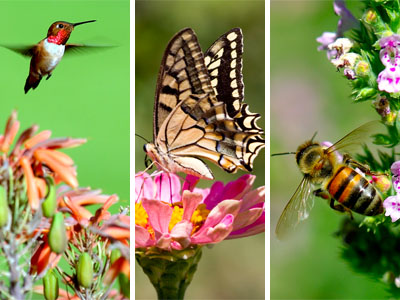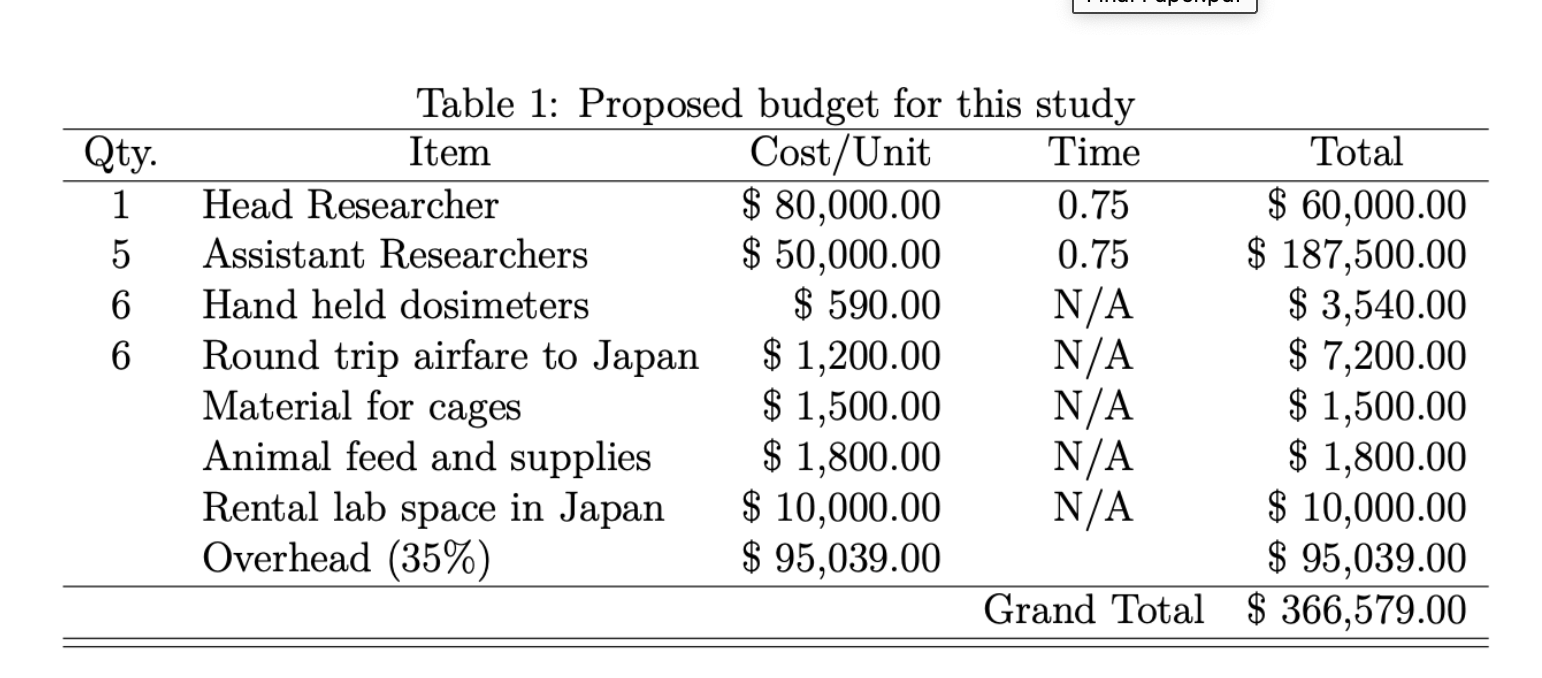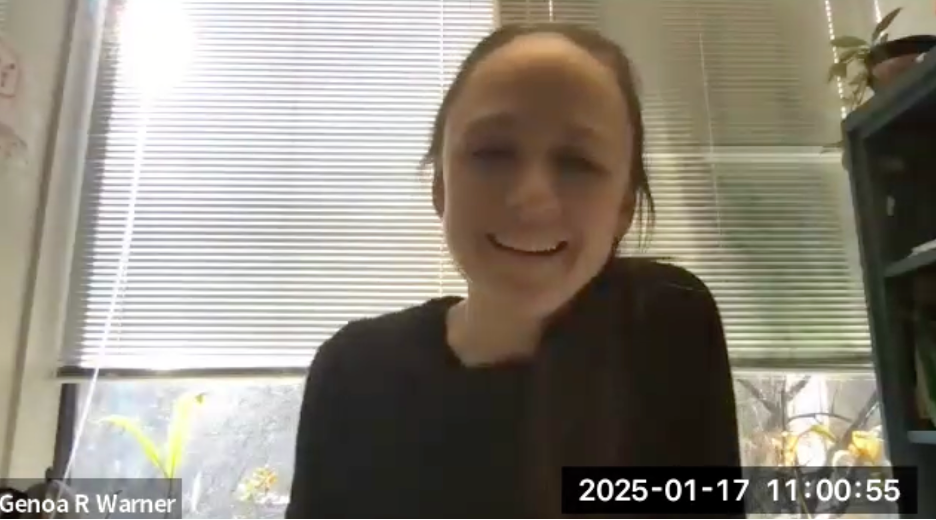Many of us grew up loving certain insects: brilliant monarch butterflies hovering over the milkweed, bees whose lazy buzzing around the flower bed heralded the coming of Summer. But these gorgeous insects are not just for decoration: bees and butterflies perform an essential ecological function. They pollinate our food crops. Without them, the total world agricultural output would be reduced 3-8%, and it is doubtful that humans could compensate for that loss, particularly in the developing world (Aizen 2009). The economic value of their ecological services is estimated at $57 billion in the U.S. alone (Losey 2006).
Because of our actions, however, their numbers are dropping precipitously. The population of monarch butterflies migrating to Mexico has declined to record lows, to less than 35 million from the usual number of about a billion only 20 years ago (Robbins 2013). U.S. Department of Agriculture statistics on bees are equally grim: every year for the past five years, approximately 30% of all bee colonies have been lost (Newitz 2013). At Benedictine University in Lisle, faculty and students are traveling to China to study this phenomenon; in China, many crops are already hand pollinated by human beings because of pollinator loss. A very recent review describes the unprecedented effect on pollinators, lays out the case against pesticides as a key factor in bee colony collapse, and calls for efforts to protect pollinators given the huge effect they could have on agriculture. "Of all flowering plants on earth, 87.5% benefit from animal pollination. Globally, 87 of the leading food crops (accounting for 35% of the world food production volume) depend on animal pollination" (van der Sluijs et al. 2013). As close as we currently are to food production maximums, decreasing agricultural productivity by systematically killing bees and butterflies is a terrible idea.
The loss of pollinators is only the tip of the iceberg when it comes to species loss. Many scientists believe we are at the beginning of the sixth major extinction event. But this time, the comet is us. A recent article in Scientific American affirms this: “This [finding that diversity increases abundance of life] suggests ‘no level of diversity loss can occur without adverse effects on ecosystem functioning. That is the reverse of what numerous studies had previously found, largely because those studies only looked at short-term outcomes…. The planet as a whole is on the cusp of what some researchers have termed the sixth mass extinction event in the planet's history: the wiping out of plants, animals and all other forms of life due to human activity...." (Biello 2012).
What can the ordinary person do to help pollinators? Lots, it turns out. Anyone with a backyard is contributing to or helping to destroy the habitat of Northern Illinois. Here are some ideas for being a good neighbor to bees and butterflies:
1) Grow native plants. Native plants are beautiful as well as environmentally sound choices. According to entomologist Doug Tallamy, non-native plants are like a food desert for native insects and birds (http://www.plantanative.com/what-should-i-plant.html ). This Chicago Wilderness Habitat Project document lists "Host Plants and Habitat for Butterfly Species of Concern": http://www.habitatproject.org/webdocs/misc/ButterflyHostSpecies.pdf The Wild Ones have a local chapter and provide wonderful information on their website about using native plants in the typical yard (http://www.wildones.org).
2) Don't use pesticides. Pesticides cause broad and massive diversity loss, even at levels thought to be safe (Oosthoek 2013). Round-up and other herbicides have been chiefly responsible for destroying the milkweed on which monarchs depend across the entire United States. Imidacloprid and pesticides like it, in the class called neonicotinoids, are highly toxic to bees and other valuable pollinators. In just the past 20 years, neonicotinoids have appropriated 25% of the global market for insecticides. Neonicotinoids work by mimicking acetylcholine, an essential neurotransmitter, resulting in both immediate death and sub-lethal effects in bees, and leading to bee colony collapse, where whole hives of bees simply disappear without explanation, dead hives without dead bodies (Cox 2001; Koshlukova et al. 2006). Neonicotinoids are routinely found in the hives of honeybees and persist in soil and water. Unlike the United States, Europe has temporarily banned neonicotinoids while research continues.
3) Put up bee nests, or create areas for nests. You can find information about how to do this at http://www.xerces.org/wp-content/uploads/2009/05/pollinator_friendly_parks_21ed_xerces_society.pdf
4) Join BeeSpotter to help researchers learn about bees at http://beespotter.mste.illinois.edu/
Bees and butterflies face diminishing habitat, pesticide attack, and the completely novel environmental conditions caused by climate change. Any help we can give them will be richly repaid in fruit, flowers, and food, as well as the fleeting grace of their presence.
References
Aizen MA, Garibaldi LA, Cunningham SA, Klein AM. 2009. How much does agriculture depend on pollinators? Lessons from long-term trends in crop production. Ann Bot 103(9):1579-1588. Available at http://www.ncbi.nlm.nih.gov/pmc/articles/PMC2701761/
Biello D. 2012. How biodiversity keeps Earth alive. Scientific American. Available at http://www.scientificamerican.com/article/how-biodiversity-keeps-earth-alive/
Cox C. 2001. Insecticide factsheet: Imidacloprid. J Pesticide Reform 21.1: 15-21.
Koshlukova SE et al. 2006 February 9. Imidacloprid: Risk characterization document: dietary and drinking water exposure. California EPA. http://www.cdpr.ca.gov/docs/risk/rcd/imidacloprid.pdf Accessed 21 January 2008.
Losey JE, Vaughan M. 2006. The economic value of ecological services provided by insects. BioScience 56(4):311-323. Available at http://www.xerces.org/wp-content/uploads/2008/09/economic_value_insects.pdf
Newitz A. 2013. Scatter, Adapt, and Remember: How Humans Will Survive a Mass Extinction. New York: Doubleday.
Oosthoek S. 2013. Pesticides spark broad biodiversity loss. Scientific American. Available at http://www.scientificamerican.com/article/pesticides-spark-broad-biodiversity-loss/
Robbins J. 2013. The year the Monarch didn’t appear. New York Times. Available at
Van der Sluijs JP, Simon-Delso N, Goulson D, Maxim L, Bonmatin J-M, Belzunces LP. 2013. Current Opinion in Environmental Sustainability 5:1-13.












